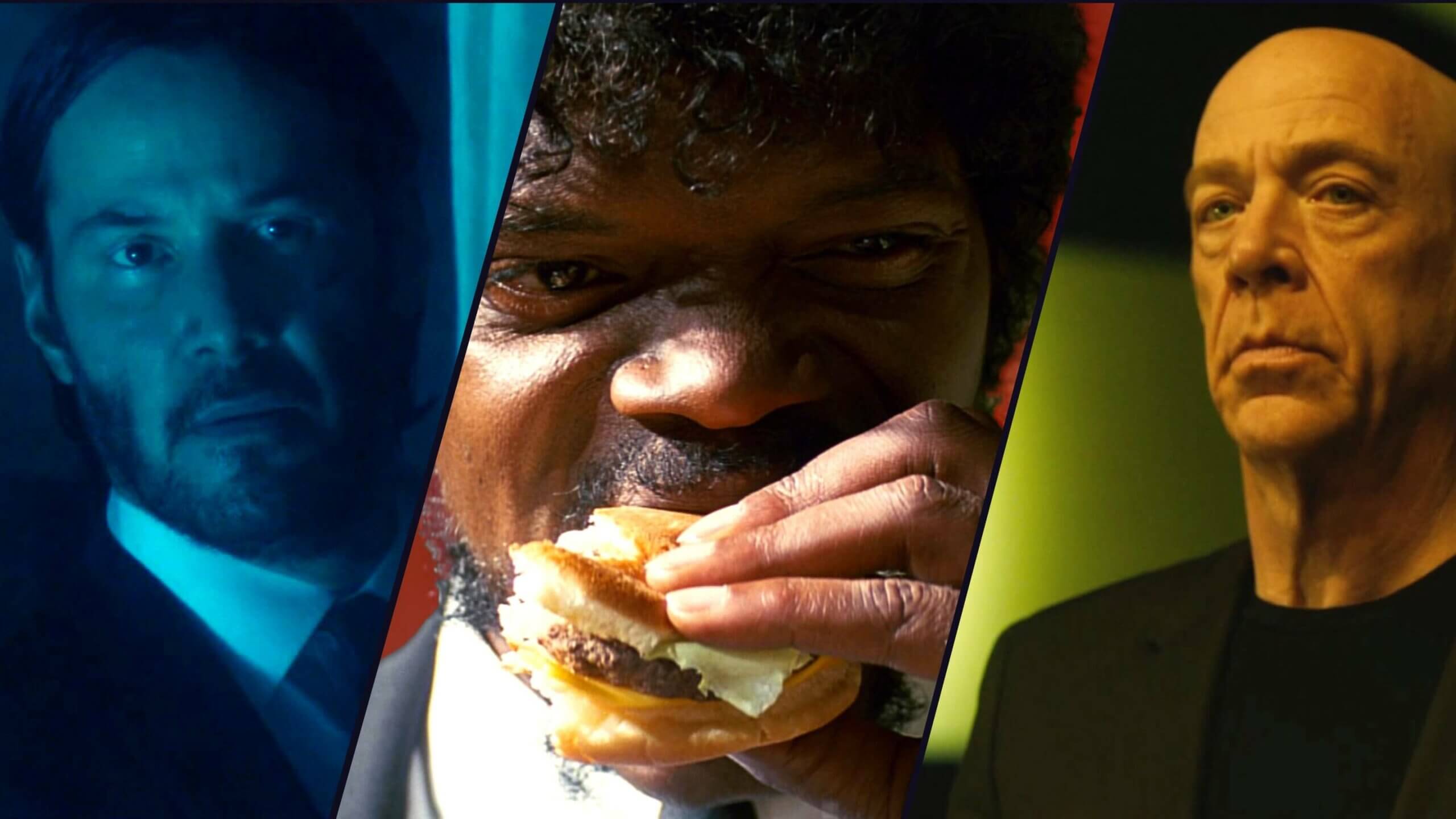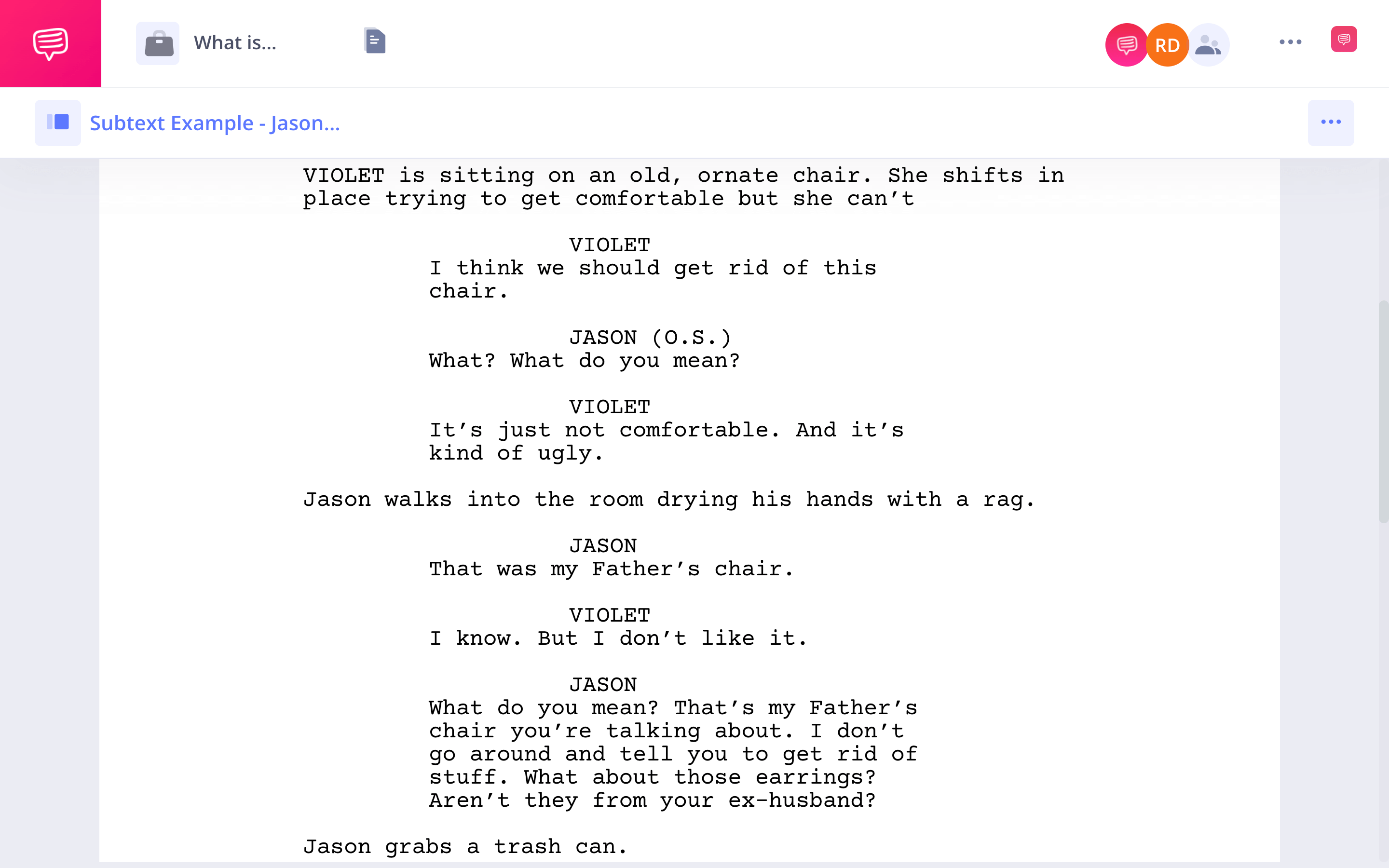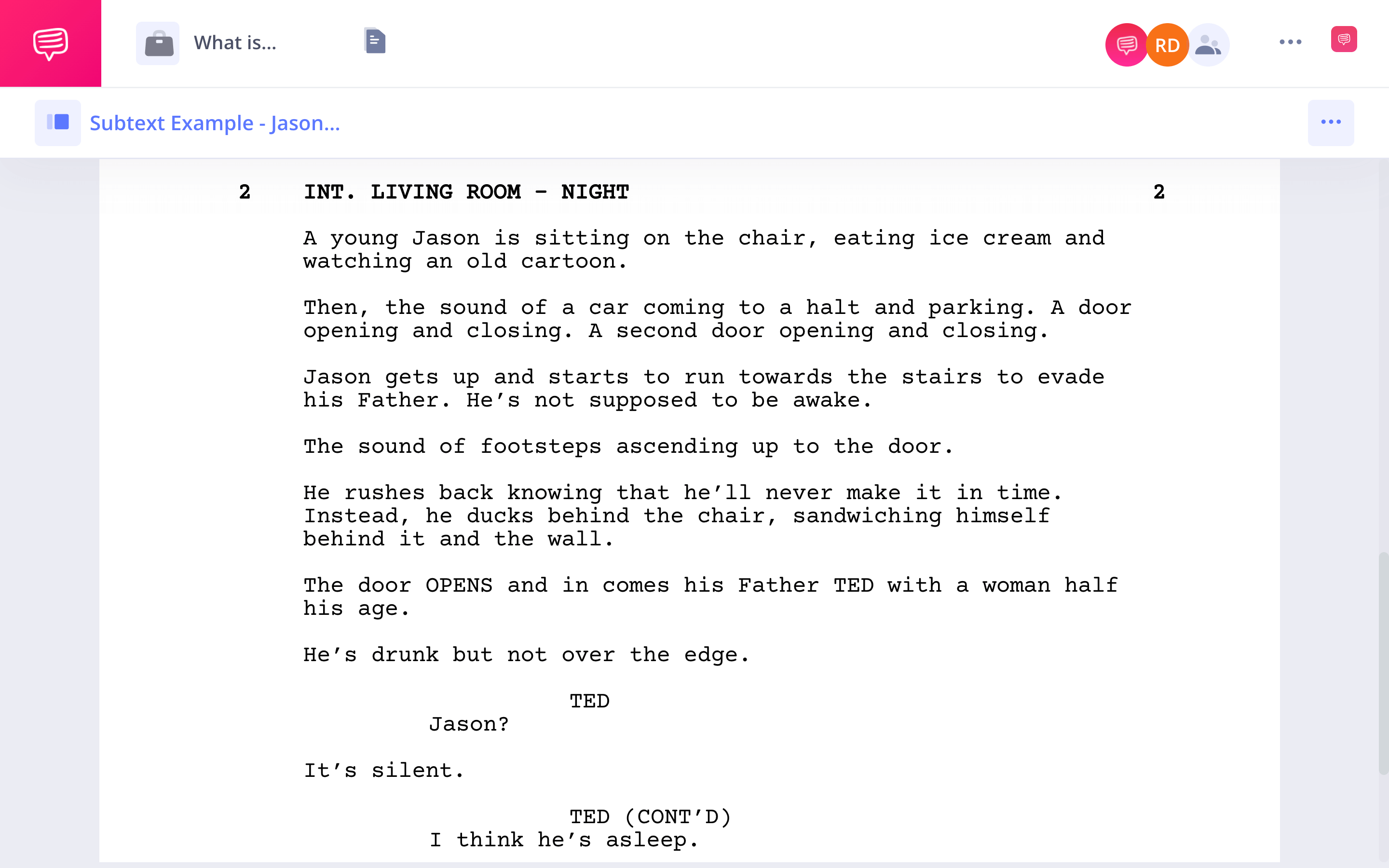What is subtext? The age-old adage says that subtext is what’s inferred by reading between the lines, but how do we know what to look for? In this article, we’re going to define what subtext is, then look at some strong examples from screenplays. By the end, you’ll be ready to apply subtext into your own scripts.
Subtext in Screenwriting
Let's define subtext
What we say is not always entirely what we mean. Likewise, our actions have a meaning of their own, indicating how we feel under the surface. In other words, subtext is part of our everyday lives. It follows, then, that to create dialogue and behavior that feels natural should also contain subtext.
Before we dive into how to use subtext in screenwriting, here's a definition.
Subtext Definition
What is subtext?
Subtext is the implied, unspoken meaning of a character's words and actions in a story. Although subtext is frequently thought to be a solely empirical device, it’s actually both created and observed. For example, a writer plants an implied, hidden meaning into a story. Then when a reader or viewer discovers that hidden meaning, that makes it subtext. Thus, subtext is a great way for a writer to communicate with their audience.
How to use subtext in screenwriting:
- Add nuance
- Create tension
- Build a theme
Subtext Meaning in Film
What is subtext used for?
Subtext can often play an integral role in the meaning of a film. For Noah Baumbach’s The Squid and the Whale, that subtext lies between the events of the story and the name of the film.
Walt Berkman is a young impressionable teenager. His parents divorce and he sides with his Dad. The set-up for the film has absolutely nothing to do with aquatic animals. Walt watches his parents fight and bicker and grow to hate one another. He believes that his Mother is to blame because of an affair, but his Father is abusive and controlling.
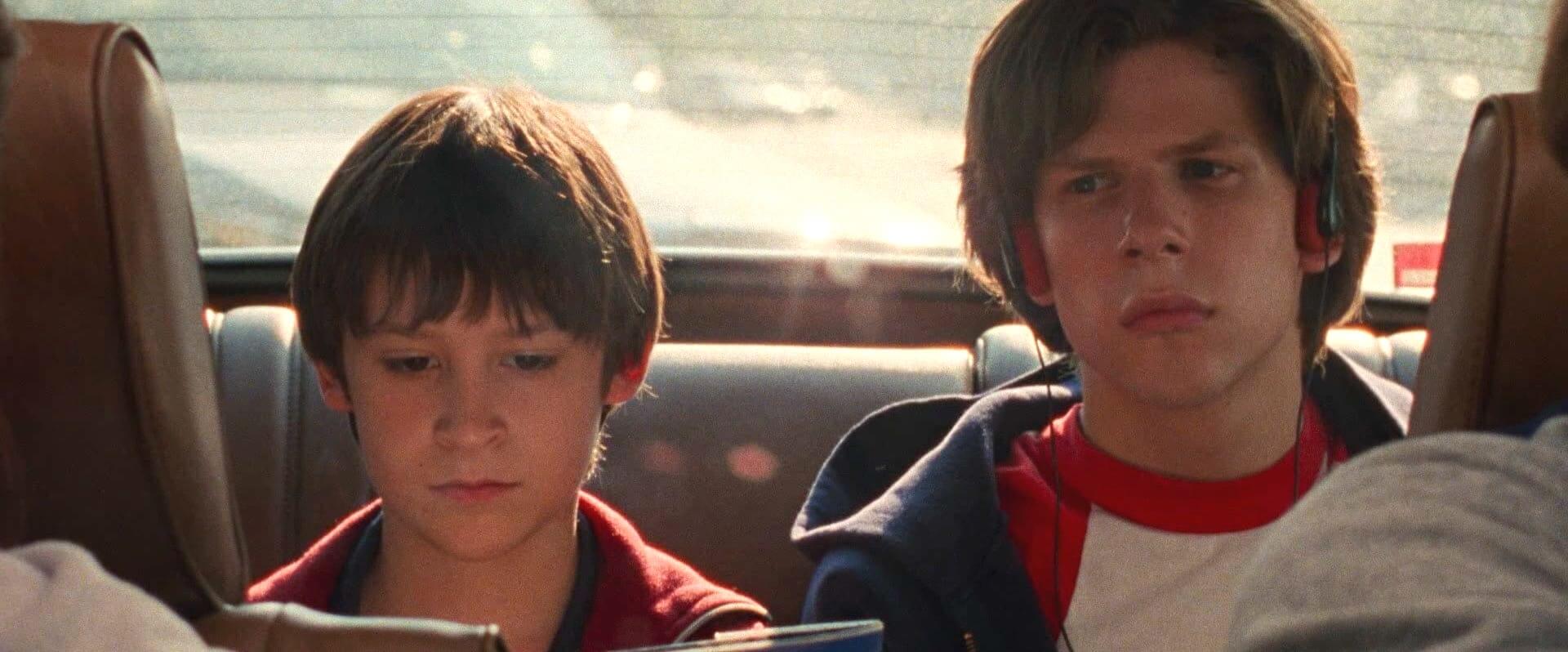
16-year-old Walt Berkman played by Jesse Eisenberg
Late into the story, Walt is forced to see a therapist after being caught plagiarizing. There he recounts his fondest childhood memory; not one with his Father but one with his Mother. It’s about how his Mother used to take him to the aquarium when he was a kid.
But there was one exhibit that always scared him; that of the squid and the whale, specifically a whale devouring a squid.
Herein lies the metaphor of the film’s title.
Walt realizes that he had displaced his frustration against his Father because he was afraid to confront it. In the end, he finally overcomes his Father by going back to the exhibit and looking at it with eyes wide-open.
The Aquarium Scene • The Squid and the Whale
Why is this subtext? As with most examples, it’s a little tricky to articulate. The squid and the whale is a metaphor for violence, devouring, and consumption. The subtext is the implied meaning that his Father is the whale and his Mother is the squid. His Father is an all encompassing devouring creature, who swallows all that crosses its path. While his Mother was the helpless squid ensnared within his Father’s clenched jaw.
Related Posts
What is Subtext in Dialogue?
Great subtext examples
For history, all roads lead back to Rome. For film history, all roads lead back to Citizen Kane. Ah yes, the oft revered classic from Orson Welles has enjoyed as much dissection as a frog on a middle-school science table. But the subtext here is one of the clearest, most digestible examples in all of film.
Citizen Kane begins and ends with just one word, “Rosebud.” But what does it mean? And more importantly, how do we find out? Throughout the film, Welles plants context clues to help us find out.
Subtext in Dialogue • Example From Citizen Kane
As a child, the title character and the protagonist, Charles Foster Kane, lived in poverty. His Mother gave him up to live with a stranger so that he could be properly educated. Kane always resented the fact that he was abandoned by his family. This turns him into a rebellious, indignant man.
He turns this resentment into fuel though; one so strong that it propels him to the top of American business. As the years go by, Kane becomes increasingly unraveled. Up until his death, little is known about the man that became enraptured in the national spotlight.
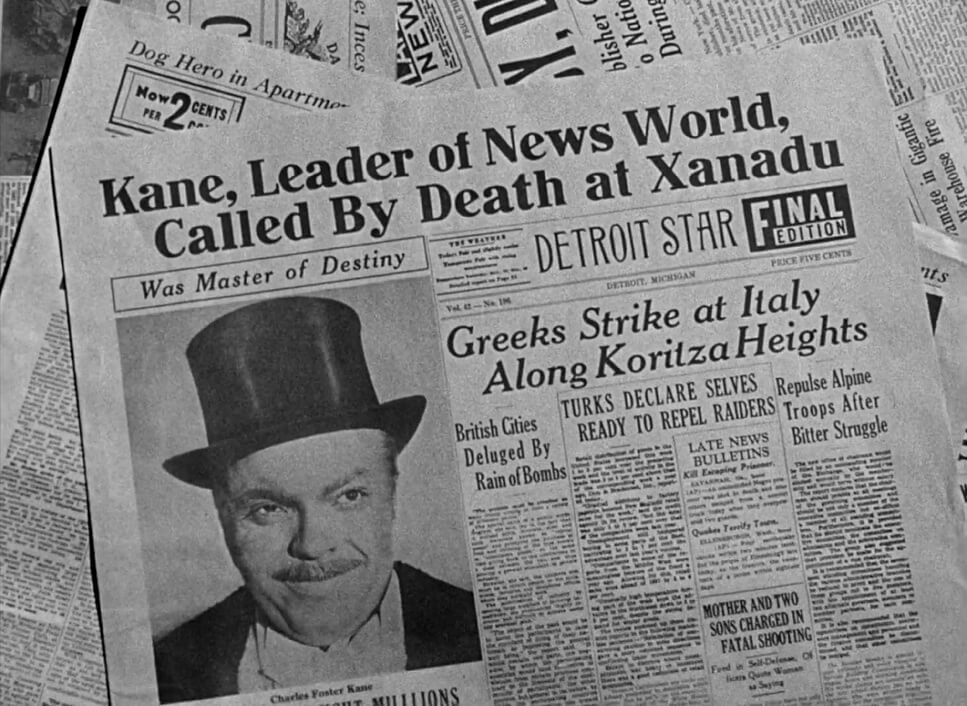
The Rise and Fall of Kane
In the end, Rosebud is revealed to be the name of Kane’s childhood sled; an item that symbolizes his forlorn desire for a childhood he never had. The subtext of “Rosebud” is the silent way in which that information is made known to the viewer. Welles plants considerable context clues, but it’s impossible to connect them until the end.
By keeping the viewer guessing as to what the phrase means, Welles is able to create tension, develop nuance and build a theme; the three main characteristics of subtext, expertly used.
Related Posts
Another Way To Use Subtext
How to use subtext thematically
Few films are more relevant when thinking about subtext than Cat on a Hot Tin Roof. The script is adapted from Tennessee Williams' Pulitzer Prize-winning stage play.
However, due to The Hays Code which prohibited representations of homosexuality in Hollywood, the subtext was transformed for the film.
In the play, the protagonist Brick becomes an alcoholic after being overwhelmed by the stresses of his relationships. His wife, Maggie, is upset that he rejects her sexual advances and her desire to one day bear a child.
We learn that Brick’s best friend Skipper recently committed suicide after admitting to an affair with Maggie.
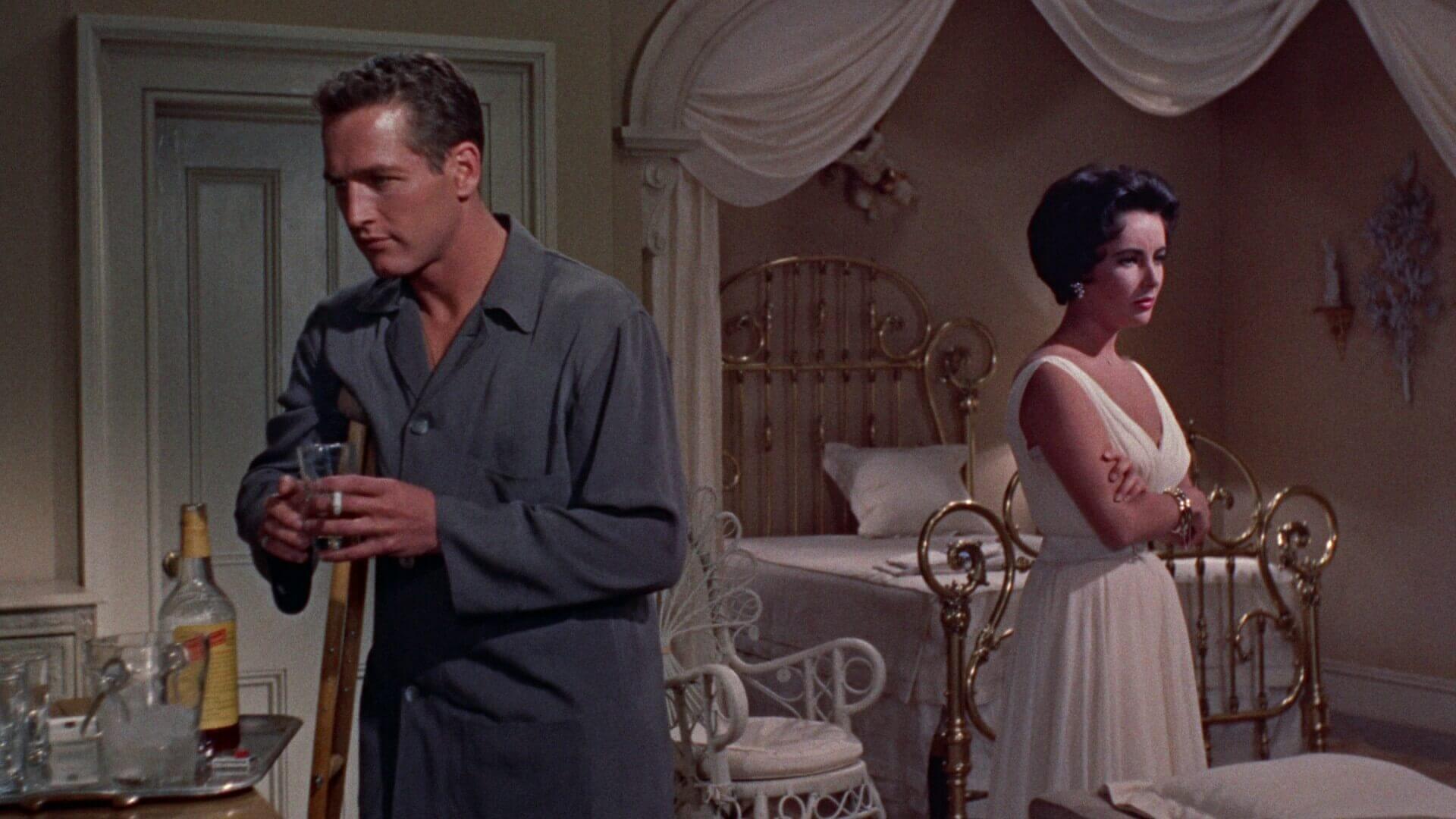
Brick portrayed by Paul Newman
Brick becomes depressed with feelings of confusion and inadequacy. He and Maggie visit his Father to celebrate his birthday; although Brick is made aware of the fact that his Father is dying from cancer. Over the course of one fateful night, all parties are forced to confront their desires and the truth behind them.
Brick’s Father Big Daddy (that’s really his name) expresses his want for a proper heir. He hopes Brick will produce an heir which only heightens Brick’s anxiety. Brick drinks and drinks and drinks some more; eventually admitting that Skipper told him he had homosexual feelings for him before his death. The subtext that had been building is revealed.
This is why Brick felt inadequate. This is the underlying, “in-between the lines” crux of the story.
In the film, this subtext is contorted. The narrative is changed so that Brick’s emotional guilt is far less complex. He feels that he wasn’t a good friend and therefore feels guilty about Skipper’s death.
Subtext Meaning in Film • Cat on a Hot Tin Roof
So how does the subtext of the screenplay differ from that of the stage script? For starters, it’s less nuanced.
It also lowers the tension and stakes between the characters.
Think about it this way. Let’s compare how this narrative difference applies to other characters. If Brick is struggling with guilt over his sexual identity, this changes the dynamic between him and his wife and him and his father. His wife wants a child and to be sexually wanted. His father wants an heir. If Brick is not attracted to his wife, then this creates obvious drama.
Now let’s look at if the guilt stems from being a bad friend. That narrative has a solution. He can rely on the support of his wife and father and reconcile his past. Eventually, he will be able to comply with the things that those close to him want. This is a drama-reduced version of the same story.
Bring Subtext In
How to write subtext in a screenplay
Now that we’ve defined what subtext is with examples from cinema history, let’s look at how to use it.
As with most technical aspects of screenwriting, applying subtext is often easier said than done. But there’s a few simple ways to get started. The best way to start implementing subtext in a screenplay is to write out what every character wants. Then, give each character some reason why they can’t articulate it.
Here’s an example we wrote using StudioBinder’s screenwriting software that will give you a better idea of how to communicate subtext:Scene 1 • Jason and Violet Scene • Read Full Script
So what’s the subtext behind this interaction? Clearly Jason and Violet have some issues to work out, but they don’t tell us exactly how they feel. Instead, their anger is displaced onto physical objects. This is an easy way to convey subtext to the audience.
Now what doesn’t work here? Well the subtext isn’t very nuanced. To create nuance with subtext, it’s very helpful to use foreshadowing, dramatic irony or other story-telling techniques. Try planting a seed for that subtext to grow elsewhere in the script.
For example:
Scene 2 • Drunk Dad Scene • Read Full Script
Now we see why the chair means something to Jason. It’s implied that this chair represents some complicated feelings he has for his father. The most important thing in writing subtext into scripts is making sure that your audience is able to deduce it. This ultimately becomes the responsibility of the screenwriter(s) to deliver enough contextual or thematic clues.
Are you ready to start working subtext into your scripts? Check out our free screenwriting software to get started today!
Related Posts
Up Next
Tips For Writing Better Dialogue
Using subtext is one great way to layer and add nuance to your script’s dialogue, but there are plenty of other options as well. In this article, we give you tips for writing better movie dialogue with examples. Up next is “Screenwriting Tips for Better Movie Dialogue in Your Scripts”!
